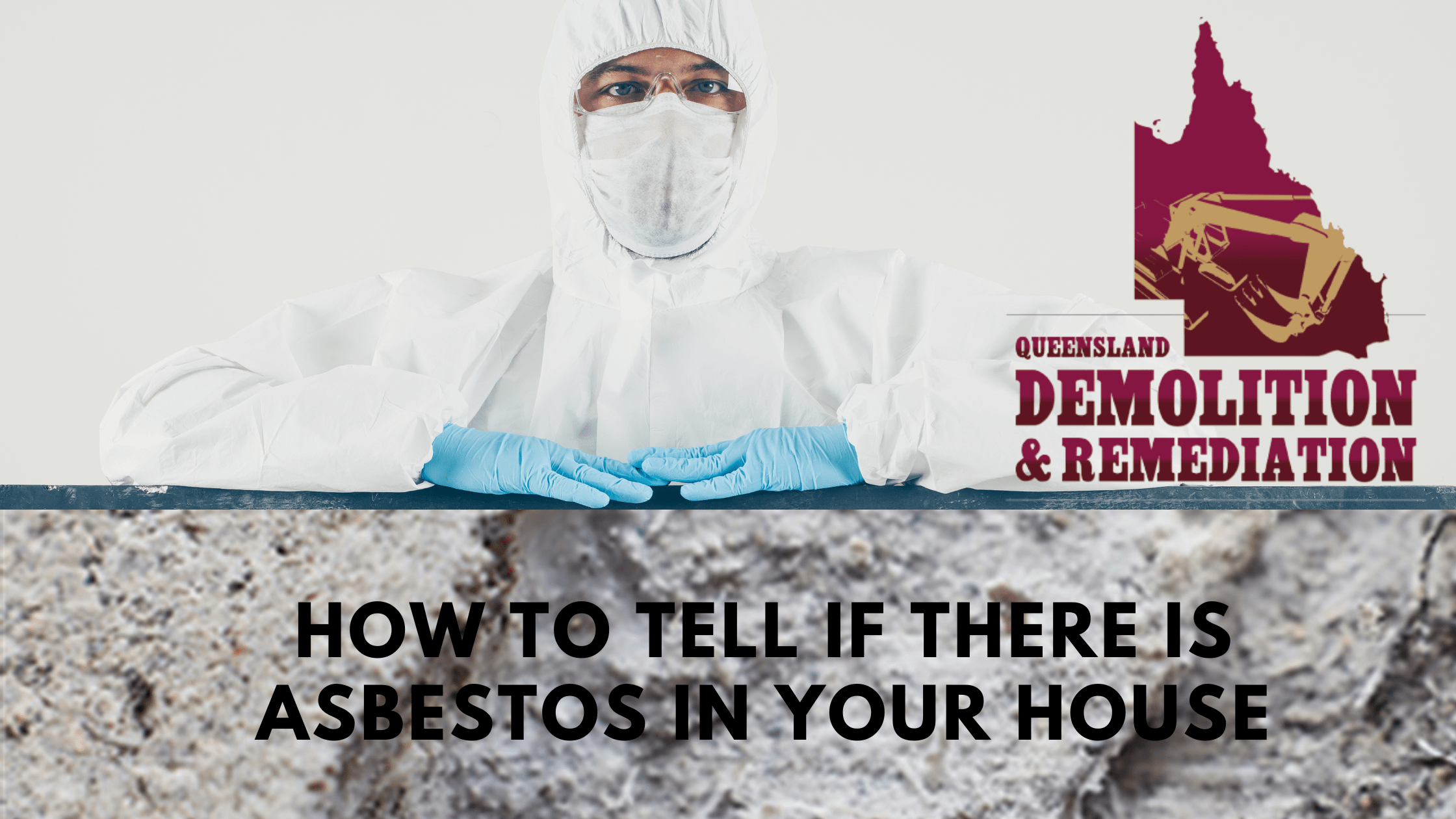When it comes to the safety of your home, there are numerous potential hazards that can be lurking around. One such concern is the presence of asbestos in your house. Asbestos, a naturally occurring mineral that was once widely used in construction, can pose serious health risks if its fibers are inhaled. In this guide, we’ll provide you with valuable insights and actionable steps on how to tell if there is asbestos in your house. Whether you’re a new homeowner or just looking to ensure the safety of your family, this article will equip you with the knowledge you need.
Introduction
Welcome to our comprehensive guide on identifying asbestos in your house. In the past, asbestos was a popular choice for insulation, roofing, and various building materials due to its heat-resistant and fireproof properties. However, it was later discovered that asbestos fibers, when disturbed, could become airborne and potentially lead to serious health conditions, including lung diseases and cancer. Asbestos is now banned in many countries, but older homes may still contain this hazardous material. The key is to learn how to identify it and take appropriate measures for a safer living environment.
How to Tell If There is Asbestos in Your House
Asbestos can be present in various parts of your house, from insulation to floor tiles. Learning to recognize potential sources of asbestos is crucial. Here’s how you can go about it:
1. Analyze the Age of Your House
The age of your house can be a significant indicator of whether it might contain asbestos. Houses built before the 1980s are more likely to have asbestos-containing materials. This is because asbestos was widely used in construction before its health risks were fully understood.
2. Examine Insulation Materials
Asbestos was commonly used in insulation materials, such as loose-fill insulation and insulation boards. Check your attic and walls for insulation that appears fluffy or has a grayish color, as these might contain asbestos fibers.
3. Flooring and Ceiling Tiles
Older vinyl flooring tiles and acoustic ceiling tiles might contain asbestos. If these materials appear brittle or show signs of wear and tear, it’s best to have them tested for asbestos before attempting any renovations.
4. Pipe Insulation
Pipes, especially in older homes, were often insulated with asbestos-containing materials. Inspect the pipes in your basement or utility areas for any signs of white or gray insulation material.
5. Popcorn Ceilings
Textured “popcorn” ceilings were popular from the 1950s to the 1980s and often contained asbestos for its soundproofing properties. If you have popcorn ceilings, consider having a professional test them for asbestos.
6. Roofing Materials
Some older roofing materials, like shingles and flashing, might contain asbestos. If you’re planning to replace your roof, it’s essential to have a professional inspection to determine the presence of asbestos.
7. External Link for Professional Testing
While some visual cues can indicate the presence of asbestos, it’s crucial to have samples tested by professionals. Reach out to certified asbestos inspectors who can safely collect samples and provide accurate results.
FAQs
Q: Can I visually determine if there is asbestos in my house?
A: While some materials might show visual signs of asbestos, such as fluffy insulation, professional testing is the only way to confirm its presence.
Q: How dangerous is asbestos exposure?
A: Asbestos exposure can lead to serious health risks, including lung diseases and cancer, especially if the fibers are inhaled over an extended period.
Q: Should I be worried if my house has asbestos-containing materials?
A: As long as the asbestos-containing materials are in good condition and undisturbed, the risk is low. However, any renovations or damage to these materials can release asbestos fibers, posing a threat.
Q: Can I remove asbestos myself?
A: It’s highly recommended to hire professionals for asbestos removal. Disturbing asbestos without proper precautions can lead to fiber release, endangering your health.
Q: How is asbestos safely removed from a house?
A: Certified asbestos abatement professionals use specialized equipment and follow strict procedures to ensure safe removal and disposal of asbestos-containing materials.
Q: Can I encapsulate asbestos rather than removing it?
A: Yes, encapsulation involves sealing the asbestos-containing material to prevent fiber release. However, this is a temporary solution and may not be suitable for all situations.
Conclusion
Identifying and dealing with asbestos in your house is a vital step toward ensuring a safe living environment for you and your family. By being aware of potential sources of asbestos and seeking professional assistance when needed, you can minimize the risks associated with this hazardous material. Remember, your health and well-being should always be a top priority.

